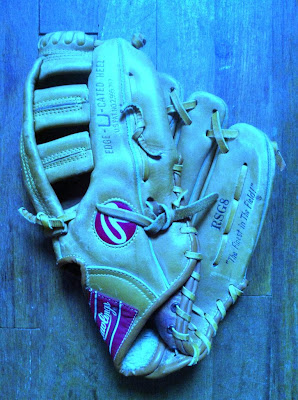 | ||
| Four features of city life are presented in City People | . |
Yesterday
this class of ten students shared their thoughts on the first two chapters of
Gunther Barth’s City People via a short
essay assignment. In the first chapter, Barth describes the “modern city
culture” emerging in the United States during the nineteenth century. For him,
modern means “present.” "Culture"
generally refers to institutions like the apartment house that first appeared
in urban areas in the U.S. during the nineteenth century, giving places like New York,
Chicago and other urban areas a particular identity. Interestingly, Barth, a
Harvard-trained historian who died in 2004 after teaching for years at the
University of California, defines city as an abstraction even as he considers
it a real space in which people came up with solutions to new problems, among
them the isolation felt from residing in an area different from their more
rural past, or previous life in another country. I was curious about whether the students perceived
the city that Barth describes as a hopeful place. About half of them seemed to
feel as much. The rest generally saw a bit of hope, but also despair. Anne Marie honed in on how people’s
“sense of identity” often came from opportunities to work. Michael saw cities as
places where one could “find yourself” and begin “anew.” Regan noted that improvements
in technology led to sturdier buildings that made cities better through the
years. Byron was attuned to the challenges of city living, saying those who
moved to cities often did so to “survive.” Evelyn was drawn to the ways in
which people adapted to city life. She mentioned the gridiron streets that helped
city dwellers live in a more orderly way. Electric street cars “brought
efficiency to transportation,” she also wrote. These and other factors such as
dividing one’s home from one’s work place and one’s sources of entertainment figured
into the “harmony” urban dwellers needed, she added. Ryan was attentive to the
ways in which city life posed hurdles for women, especially those who “left farm
life” to contend with “hard factory work.” Lewis understood the degree to which
new arrivals were “strained by urbanization and industrialization” while they dealt
with “Old World concerns” and “rivalries.” Aaron realized that the tensions felt caused
some groups to become more cohesive and gave them “a sense of place.” Similarly,
A.J. noted how individuals residing closely beside each other forced them to
become a “community,” albeit not always a “close-knit one.” Aaron noted the
“poetic” quality of Barth’s writing, saying his use of “great minds and great
poets’ helped flesh out his view of the city. Finally, Lauren detected that
cities were places where one could find “high culture” even as “the immense amount
of people and buildings crammed into” small spaces left “many with a dirty
impression” of urban living. I thought the responses from the students were generally
a good start. I look forward to seeing them deepen their thinking as we look at
some of the institutions Barth believes helped define city life in the United
States. We start next week with the metropolitan press and the department
store. Along the way, we will be very attentive to how race, class and gender,
and ethnicity sharpen our view of city life. From time to time, per the
suggestion of one student who was struck by how some of the architecture in the
States receives influence from older cultures/civilizations, we will also focus
briefly on nineteenth century city life outside of this country. My
colleagues have steered me to readings about places as different as Germany,
Mexico, France, Cuba and Brazil that should be helpful. In the meantime, please
meet the students via the short video pictured here. Music provided in part by
Weldon Burger, native of Greensboro, NC.

.JPG)





.JPG)
.JPG)

